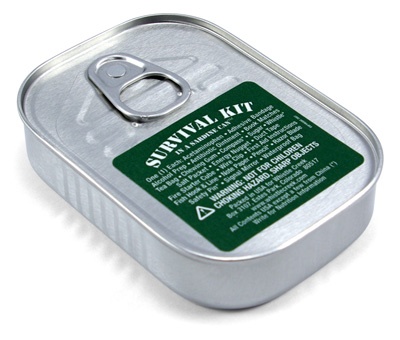Advice Guide, Limited company vs sole trader, GP locum, Managing finances, accounting, financial advice, self-employment, taylorcocks
The Lantum Accountant: How To Survive Your Tax Return
When you first sign up for self-employment as a locum, your first tax return can seem intimidating. Our ‘How to’ guide hopes to unravel 3 important points you might need to know for planning ahead.
- Be prepared for surprises:
It is important that you let HMRC know that you are self-employed as soon as possible, even if you already fill in a tax return each year. Failure to notify HMRC within 3 months of starting self-employment could make you liable for an automatic £100 penalty. You can register easily online or by completing Form CWF1.
return each year. Failure to notify HMRC within 3 months of starting self-employment could make you liable for an automatic £100 penalty. You can register easily online or by completing Form CWF1.
Beware of the “tax bombshell” when you start self-employment. In your first year, not only will you pay tax on any profits for the first part or full year’s trading, you must also make two payments on account** for your current year’s trading.
- Know your payment dates:
Income tax and payments on account are due on 31st January and 31st July each year.
The filing deadlines for tax returns for 2013-2014 are 31st October 2014 for paper returns and 31st January 2015 for electronic returns.
The following example shows how this works, in the case of a locum starting self-employment on 1st January 2015. The first set of locum accounts will be made up to 31st March 2015 and annually on 31st March thereafter.
Example, if:
Then, making reasonable assumptions, the tax payable on these dates could be:
31 January 2015 - £2,000 (no Payment On Account triggered
31 July 2015 - £nil
Income Tax
If the total 2014/15 income tax paid = £20,000
On 31 January 2016 the Payment on account would be = £ 10,000
Then on 31 July 2016 the Payment on account would be = £10,000
- Don’t forget National Insurance
When becoming self-employed, it is not made explicitly clear by  HMRC on how to pay National Insurance Contributions. It is often misconstrued that you pay either Class 2 or Class 4 NI contributions when in fact you will need to allow for both.
HMRC on how to pay National Insurance Contributions. It is often misconstrued that you pay either Class 2 or Class 4 NI contributions when in fact you will need to allow for both.
How to pay:
Class 2 contributions are paid at a flat rate of £2.75 per week. They are payable monthly or 6 monthly by Direct Debit. To set up the direct debit you must fill in a CA560 form and post to HMRC. This must be done at the same time as registering for Self-employment.
Class 4 contributions are paid as a percentage of your annual taxable profits – 9% on profits between £7,956 and £41,865 and a further 2% on profits above that amount. Class 4 contributions fall due when you pay your income tax. Make sure to allow for this when putting away your tax contributions.
- Get advice if you’re stuck
Having a clear plan and using a cashflow forecast can be key to understanding what your tax liabilities are. This will keep you on track each year and ensure that you have set cash aside to pay those liabilities on the due dates. However, we’re always here to help and you can email us any specific questions to accountant@lantum.com and we’ll send over our advice free of charge within 1 business day. Don’t let your tax return scare you!
**[i]Definition:: Payments on account - The Payment on Account can be thought of as a way of paying off some of your tax bill in advance. The first instalment is due on January 31 (the same day as your ‘balancing payment’, which clears your tax bill for the previous tax year), and the second is due at the end of July. It is intended to help you spread your payments out during the year
Each of the two instalments of the Payment on Account will normally be 50 per cent of your previous tax bill. So, if you paid £10,000 in tax for the 2013-14 tax year, you will make the first Payment on Account of £5,000 on January 31, and another payment of £5,000 at the end of July. This will include Class 4 National Insurance Contributions where applicable, but not student loan repayments or Capital Gains Tax. There are some circumstances in which a Payment on Account will not be due. In the past, if your total tax bill for the previous tax year was less than £1000, after any PAYE or other deductions at source, no Payment on Account was necessary. Similarly, no Payment on Account will be due if, in the previous tax year, 80 per cent or more of your tax was deducted at source.



